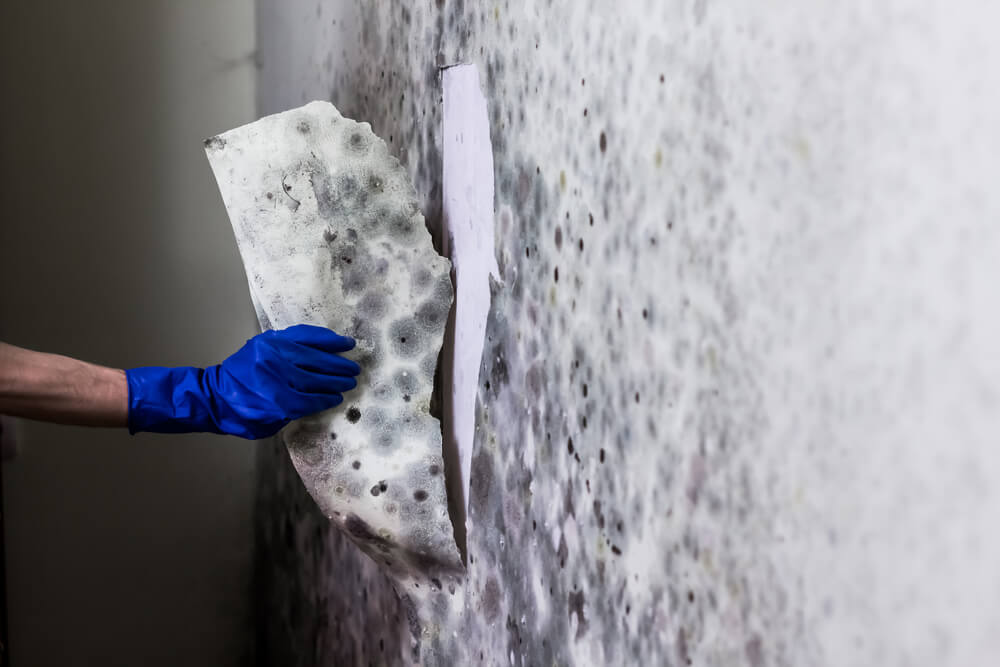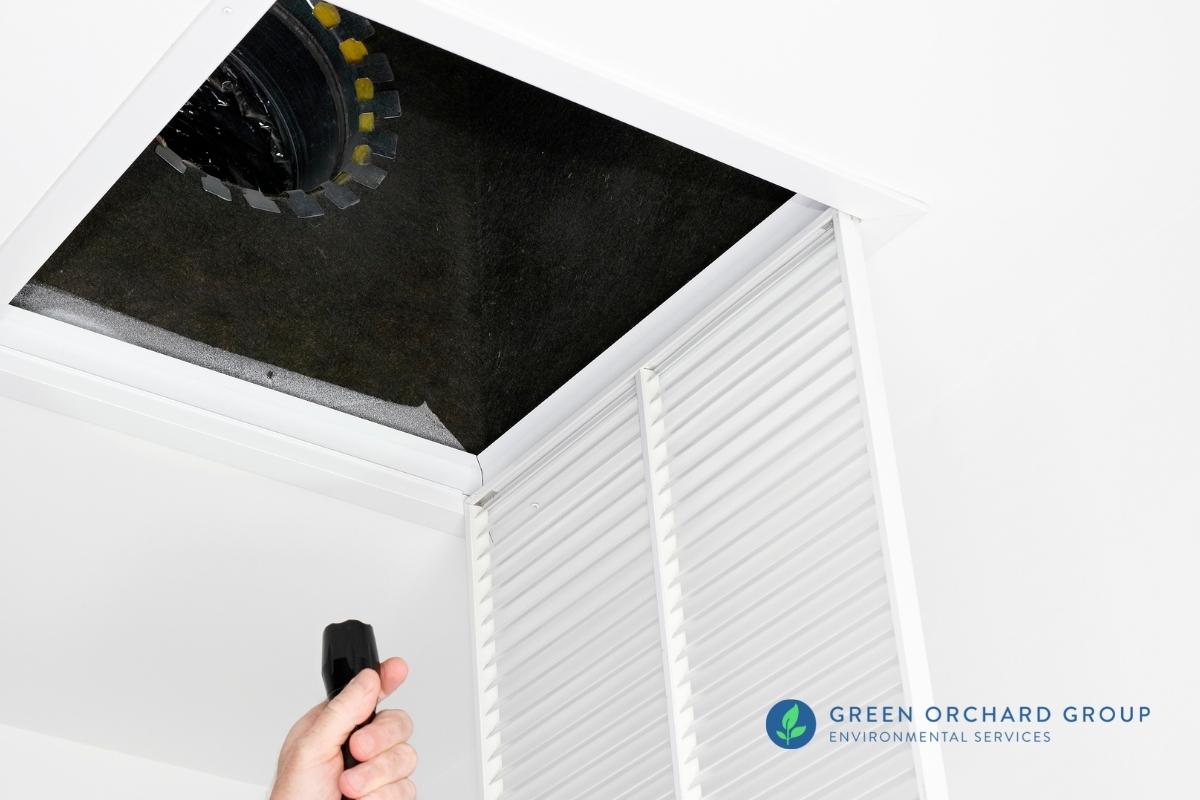Making Certain Post Remediation Verification Precision
Making Certain Post Remediation Verification Precision
Blog Article
Key Tips for Successful Blog Post Mold Removal
Efficiently completing mold removal is a multifaceted process that requires interest to detail and adherence to specific procedures. These steps not only validate the success of the removal initiatives however additionally add to protecting against future mold and mildew growth.
Evaluation of Treated Areas
Upon completion of the mold remediation process, a thorough examination of the dealt with areas is important to make sure the effectiveness of the remediation efforts. This assessment works as a vital action in the post-remediation phase to verify that the mold and mildew elimination and cleaning procedures were effective in removing the mold and mildew problem and bring back a safe interior atmosphere. The inspection should be carried out by qualified professionals that have the know-how to assess the remediated locations thoroughly.
During the evaluation, numerous factors are evaluated to establish the success of the removal procedure. These consist of visual assessments to look for any kind of indications of mold and mildew development or water damages, wetness degrees to validate that the area is complimentary and dry of excess moisture that can advertise mold and mildew re-growth, and air top quality screening to make sure that the interior air is secure to breathe. Furthermore, the assessment may entail utilizing specialized devices such as wetness meters and thermal imaging cams to spot surprise mold or moisture pockets that might lead to future mold and mildew problems if left untreated. On the whole, an extensive evaluation of the dealt with locations is important to confirm the efficiency of the mold remediation efforts and provide tranquility of mind to the residents of the residential property.

Moisture Control Steps
Reliable wetness control actions are important for preventing mold and mildew development and preserving a healthy and balanced indoor environment. To accomplish this, it is essential to resolve sources of wetness within the building. Proper ventilation is vital to managing humidity degrees. Installing exhaust fans in kitchen areas and washrooms can aid get rid of excess wetness. Furthermore, making use of dehumidifiers in damp areas can aid minimize humidity degrees, making it harder for mold and mildew to prosper.
Regularly inspecting and keeping the structure's exterior can also stop moisture intrusion. After mold remediation. Ensuring that rain gutters are clear, downspouts straight water far from the structure, and the roofing remains in great condition can assist protect against water from permeating right into the building. Appropriately sealing doors and windows can additionally aid maintain moisture out
In situations where water damages happens, timely activity is required. Any kind of spills or leaks should be cleansed and dried within 24-48 hours to stop mold and mildew development. Utilizing dampness meters can assist find concealed sources of water and make sure complete drying. By carrying out these moisture control actions, the risk of mold repeating can be substantially lowered, producing a healthier interior atmosphere.
Appropriate Air Flow Assessment
An integral element of making sure a healthy indoor environment article mold and mildew remediation is carrying out a detailed evaluation of the ventilation system. Correct ventilation assessment plays a critical duty in stopping future mold growth and keeping air high quality within the damaged room.
Additionally, analyzing the air flow system includes taking a look at the circulation of air throughout the area to determine Bonuses any areas of bad blood circulation where moisture and pollutants might gather. Proper ventilation not just aids in managing humidity degrees however additionally aids in eliminating airborne mold and mildew spores and various other toxins, thereby improving overall interior air top quality. By addressing any air flow issues publish mold and mildew removal, residential or commercial property owners can develop a much healthier and more comfortable setting for occupants while reducing the danger of mold and mildew re-infestation.
Cleaning and Sanitation Protocols
To make certain thorough mold removal, precise adherence to particular cleansing and disinfection procedures is necessary. Cleansing and sanitation methods play an important duty in the post-mold remediation stage to protect against the recurrence of mold and mildew growth and make sure a healthy and secure environment. The primary step in this process is the removal of any noticeable mold growth using appropriate click to find out more cleansing agents and techniques. It is important to utilize EPA-approved fungicides and anti-bacterials to properly eliminate mold and mildew spores and avoid their regrowth.
After the initial cleaning, extensive sanitation of the influenced locations is necessary to kill any staying mold spores and inhibit their proliferation. This step is essential in avoiding the spread of mold to other components of the building. In addition, implementing preventive measures such as applying mold inhibitors and preserving proper ventilation can aid lessen the threat of future mold infestations. By complying with stringent cleansing and sanitation methods, homeowner can ensure the successful obliteration of mold and mildew and develop a healthy interior setting for residents.
Surveillance and Maintenance Plan
Carrying out a normal monitoring and upkeep plan is important for guaranteeing the lasting performance of mold removal initiatives. Once mold remediation is completed, it is essential to develop a surveillance timetable to review the success of the remediation procedure.
Additionally, developing an upkeep plan is key to preventing future mold problems. Routine upkeep not only helps in stopping mold and mildew however additionally contributes to preserving a healthy interior environment - After mold remediation.
Conclusion
In verdict, effective post mold and mildew remediation entails thorough evaluation of dealt with areas, execution of moisture control measures, assessment of appropriate air flow, adherence to cleaning and sanitation methods, and establishment of a surveillance and maintenance plan. These essential steps are important to ensure that mold and mildew development is properly gotten rid of and prevented from recurring in the future. By complying with these standards, home owners can keep a safe and healthy environment for owners.
Upon conclusion of the mold remediation process, an extensive inspection of visit their website the treated locations is imperative to make certain the efficiency of the remediation efforts. These include aesthetic evaluations to check for any signs of mold growth or water damage, moisture degrees to verify that the area is complimentary and completely dry of excess humidity that could promote mold and mildew re-growth, and air high quality testing to make sure that the indoor air is safe to take a breath. Furthermore, the evaluation may include making use of specialized devices such as moisture meters and thermal imaging electronic cameras to find hidden mold or moisture pockets that could lead to future mold problems if left unchecked. By attending to any kind of air flow problems upload mold and mildew remediation, residential property proprietors can produce a much healthier and much more comfortable environment for passengers while reducing the risk of mold re-infestation.

Report this page